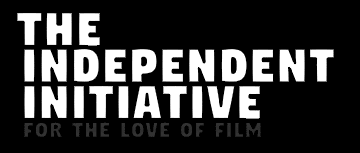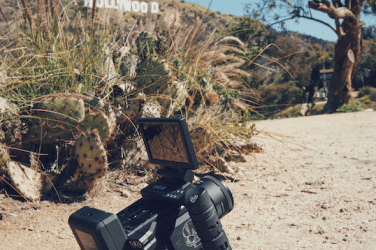You’re thinking about writing a story, or in the middle of one, and then all the wind disappears from your sails. The story ship is stuck on a calm sea, with no inspiration to take you anywhere. But what’s that on the horizon? A brainstorm! This article will tell you how to harness and utilize brainstorming correctly, so you don’t drown or get blown off course.
The principles of brainstorming apply to all kinds of circumstances, including dreaming up plots for new feature films, solving a problem on set, crafting well-rounded characters, and coming up with ideas for articles to write on this website. Any time you need a bunch of ideas, a brainstorming session can help.
The objective of brainstorming is to create a wide base of ideas you can draw from, and also come up with thoughts and angles you haven’t considered before. When brainstorming, the most important thing to remember is to generate ideas first, and judge later. Ideas must be allowed to flow freely in order to gain momentum and inspire other ideas. Critiquing your ideas as you come up with them will take the wind from your sails faster than you can say “still water”.
Know Your Destination
It’s essential to know what you’re brainstorming for, otherwise it’s far too easy to get blown off course, or explore every interesting little island you run across. Be as specific as possible. Are you brainstorming for a feature film plot or a short film story? Are you coming up with potential articles? Are you trying to figure out what to serve the crew for lunch? The more specific you are with your goal, the more you will stay on track and come out of the brainstorming session with ideas you can use. For example, if you say you’re brainstorming ideas for a short film you can make with a small crew and acting students in an urban area, you will come up with more specific ideas that are actually possible than if you simply brainstormed short film ideas.
Protect Your Time
Set a time limit. Give yourself a certain length of time to brainstorm, and only brainstorm in that time. Don’t write to-do lists or plot a story. Just brainstorm. This allows you to focus better, and also frees you to be completely creative for that length of time. If you can, set a timer, so you don’t have to keep track of the time yourself. I recommend a time of 15 minutes to half an hour. If your project is more complex or you find the ideas just keep coming, give yourself more time.
Enemy Lines
Lined paper and word processing programs can actually be detrimental to brainstorming, as they force thought into linear, one-dimensional arrangements. I recommend a blank sheet of paper or a whiteboard, which allows room to think outside the box and scribble ideas wherever your heart desires. Give your ship leeway to move around and catch the wind.
Mind maps are your best friend in brainstorming, as they allow for a much more organic arrangement of ideas and thoughts than lists.
Here Comes The Brainstorm
You have a goal, a time limit, and a blank page or whiteboard in front of you. You’re ready for the brainstorm! Write down every single idea that comes to mind in the time limit, no matter how far-out or wacky it is. Let down the sails so they catch every breeze and gust of inspiration.
No idea is stupid. Let’s say your aim is to write a gritty inner-city short film, and you think about Cinderella. At first glance, it seems ridiculous to write that down. However, the idea could spawn other thoughts: Maybe one of the characters has a daughter obsessed with Cinderella. Maybe you think about how indentured servitude is still a reality. Maybe you’re inspired to write about a gang leader who was mistreated by an evil stepmother. Write down EVERY idea you have during the brainstorming phase.
Evaluate the ideas
Now it’s time to shape your sails and shift your rudder, to actually go somewhere with all these ideas. Once the time has stopped for idea generation, review your ideas. This is where you can look at what you’ve written and judge it, deciding what ideas are silly, unrealistic or impossible, and which ideas are good. Circle or underline the ideas that resonated with you, or work best with the story. Then translate them into action by transferring them to a list, incorporating them into a script or using them to solve whatever problem was stumping you.
At this point, you know the basics of brainstorming. Know where you’re going, write down ALL your ideas, and judge after brainstorming, not during it. However, if you’re still stuck at sea, try these suggestions:
Hire A Crew
Sailing alone can be invigorating and successful, but it can also be lonely and tiring. Brainstorming with other people can be a lot of fun, and help you come up with possibilities you would have never considered. When brainstorming with other people, it’s important that everyone has the same goal, to keep the ship on track. Even more important is to keep idea generation distinct and separate from idea evaluation. Make it clear that no one should judge ideas in the brainstorming phase, no matter how wacky they are. Write down the idea, and move on. Don’t debate ideas until the evaluation stage, otherwise you’ll get bogged down with unnecessary conversations.
Changing Ports
If you’re finding that ideas are still hard to catch, move to a different location. Go for a walk; sit in a park; go to the mall and sit in a food court; lie on the floor. Sometimes a change in location will free up your creative thoughts, and get you out of old routines and typical ways of thinking.
Set Sail!
Brainstorming is an extraordinarily effective method of generating ideas. Now go chase that storm and catch some gales! You’ll be sailing to your destination in no time!




















